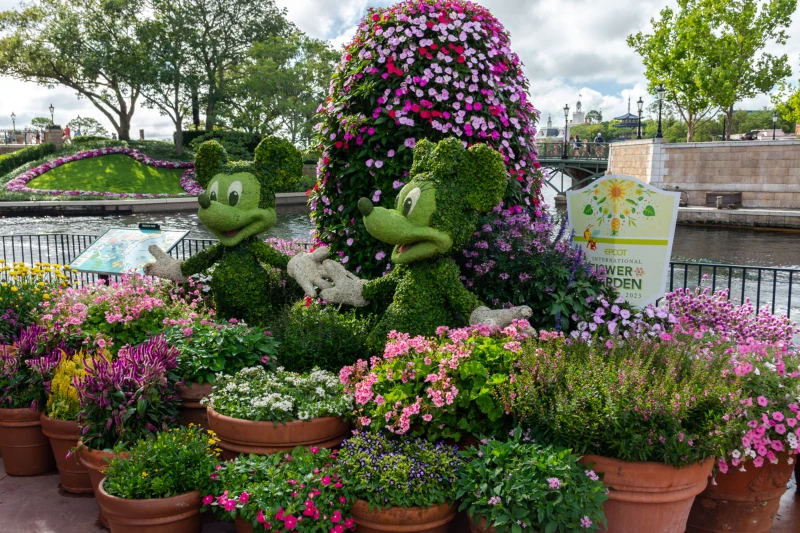That Future Included Workforce Housing
The Disney brand is synonymous with imagination, creativity and innovation in animated films and theme parks. Some might be surprised to discover that Walt Disney cared about affordable housing as a way of enhancing lives. To be specific, he wanted to enhance the lives of his employees.
Workforce Housing Meant Affordable Housing
His desire to plan and build the futuristic EPCOT (Experimental Prototype Community of Tomorrow) city never materialized in his lifetime. He died in 1966 without completing it. In 1982 the EPCOT theme park, a scaled-down version of Disney’s vision for a living city, opened in Florida. The driving force behind the design focused on creating an affordable, welcoming, walkable community that would provide a high quality of life for his workers. Disney was concerned not only for the aesthetics but for creating environments that promoted well-being, efficiency and a sense of community.
Self-sustaining Communities
Disney wanted to create a self-sustaining community where residents had ready access to modern conveniences, efficient transportation and green spaces. Central to this vision was a generous supply of affordable housing for Disney employees, ensuring that they could live comfortably near their place of work.
Modular Building Concepts
He fostered the design of these communities with the intent of creating a balanced blend of residential, commercial and recreational spaces. Interestingly, Disney’s plans included innovations like modular homes and advanced construction techniques, to keep costs low without sacrificing quality. These techniques have existed for decades but have not been embraced by the general building trade as readily as one might hope.
Additionally, these communities were to be equipped with schools, healthcare facilities and entertainment options, reflecting Disney’s holistic approach to urban living. While the EPCOT theme park falls short of his vision, the spirit of Disney’s vision for community development and employee welfare has continued to influence the company. Two affordable housing projects, a $350 million investment in Florida and a much more modest $30 million investment in Anaheim, underscore the Disney company’s ongoing efforts to honor Walt Disney’s legacy.
Generosity or Wisdom?
Disney felt it made good business sense. He believed that a company’s success was intrinsically linked to the well-being of its employees. This was a radical idea at the time, as most corporations did not champion this idea. In fact, most don’t today either, but the discussion about affordable housing is a hot topic in many communities, including Marin County. And the business sector is taking note.
Perhaps it’s time to reshape not only how we think of workforce affordable housing projects but how we design them. Must they always be monolithic apartment complexes or only a small percentage of market rate developments? Why not shift our thinking and our building techniques to embrace Disney’s concept of a community that embraces a “mix of building typologies with a focus on storytelling and the arts, featuring murals and unique elevations that create a distinct look and feel for each neighborhood within the development. The distinctive designs will help provide a sense of belonging for future residents, who will also have access to amenities that provide ample space to focus on their wellness.”
Doesn’t that sound like a place you’d like to live?


